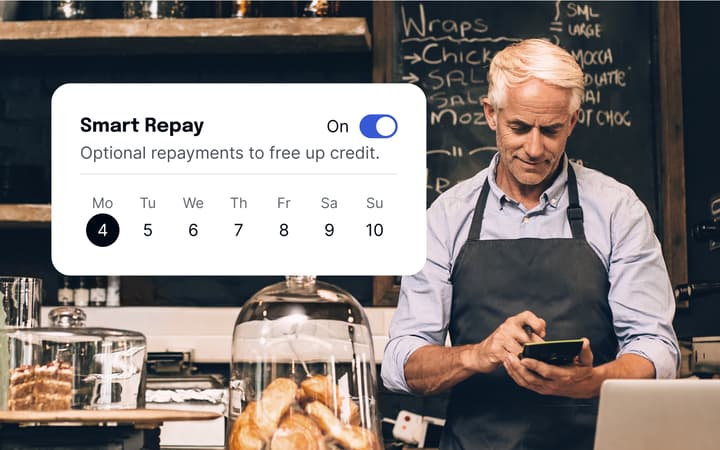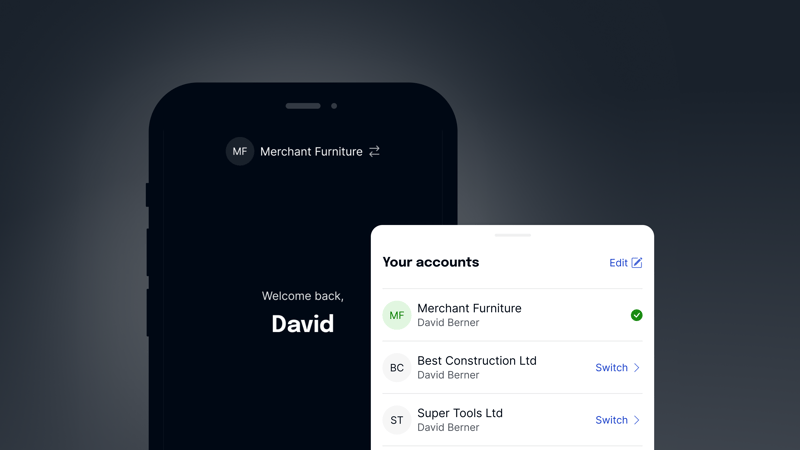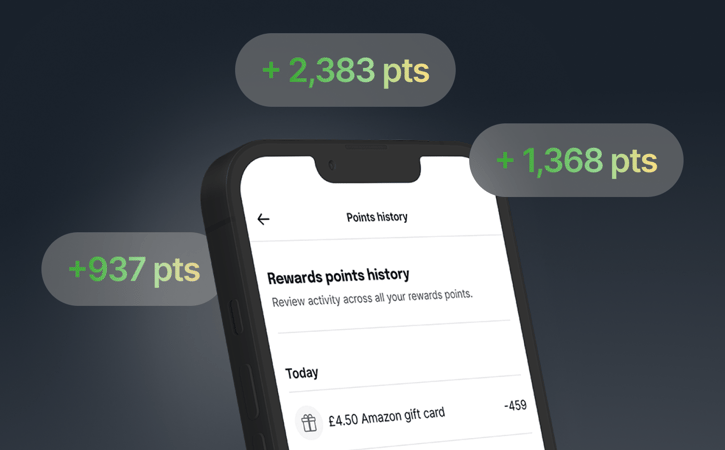Jump to a section
Social media has changed the way businesses connect with their customers. It has become a key tool for increasing brand awareness, interacting with audiences, and boosting sales. And with platforms playing such an important role in how companies engage with people, it raises an important question: Which platforms are business owners seeing the best numbers from?
To help answer this, our research analysed over 30 small business accounts across Instagram and TikTok, focusing on brands in beauty, handcrafted goods, and jewellery, to uncover which platform offers the best opportunity for building meaningful customer relationships. By measuring key metrics such as follower growth, user interactions, and overall engagement rates, the study reveals which channel helps small businesses foster the strongest connection with their audience.
TikTok delivers approximately 347% more interactions compared to Instagram
|
|
TikTok |
|
|
Average Followers of Sample Small Business Accounts |
32,376 |
30,359 |
|
Average Interactions per Post |
492 |
2,201 |
|
Average Engagement Rate |
4.67% |
7.14% |
Instagram accounts in the study had slightly more followers (32,376 compared to TikTok’s 30,359), but TikTok leads in both user interactions and engagement.
The data showed that TikTok posts generate an average of 2,201 engagements compared to just 492 on Instagram. Interactions refer to the total number of actions users take on posts, such as likes, comments, shares, saves or views. Engagement rate, on the other hand, looks at how much of a user's audience engages with their content by taking interactions such as likes, saves, comments, and shares and dividing them by the total number of followers a user has.
In this case, TikTok accounts received a 7.14% average engagement rate, while Instagram recorded 4.67%. TikTok, in particular, sees a higher volume of users taking the time to comment, like, or share posts, highlighting its more engaged and active audience. For small businesses, higher engagement typically indicates that content is resonating more with potential customers. This increased engagement helps build brand awareness, fosters customer loyalty, and can ultimately drive more traffic or sales.
Five ways to turn social followers into customers
Kamilla Fernandes-Pickett, Marketing and Communications Senior Manager at Capital on Tap, offers expert insights on how small businesses can adapt to the evolving social media landscape and leverage these platforms to drive sales in 2025.
"Social media continues to be a powerful tool for building brand loyalty and communicating with potential customers," says Kamilla. "For small businesses, it’s not just about having a presence, it’s about creating meaningful interactions that can directly impact sales.”
Small businesses looking to grow should focus on these five key strategies to leverage the power of social media:
1. Leverage influencer partnerships
Collaborating with influencers on platforms like TikTok and Instagram can help small businesses amplify their reach and build trust with new audiences. Influencers can effectively showcase products in an authentic, relatable way, which drives both awareness and conversions.
2. Utilise social commerce features
Platforms like Instagram and TikTok now offer integrated shopping features, allowing businesses to sell products directly through the app. By tagging products in posts or creating dedicated shopping feeds, businesses can turn their social media content into a direct sales channel.
3. Create interactive content to drive engagement
Social media is all about engagement, and businesses can create interactive content, such as polls, quizzes, and challenges, to spark direct customer interaction. The more your audience engages, the more likely they are to convert into customers, especially when those interactions feel personalised and valuable.
4. Share user-generated content
Encouraging customers to share their own experiences with your products and then featuring this content on your social media pages is a great way to build trust and increase sales. User-generated content serves as powerful social proof that can encourage others to purchase.
5. Host live sales events
Platforms like Instagram Live and TikTok Live give businesses the opportunity to host real-time sales events. These interactive sessions allow businesses to engage with customers, answer questions, and offer exclusive discounts or deals, creating a sense of urgency and excitement around their products.
"Maximising social media presence in 2025 is about more than just creating posts; it's about building a comprehensive sales strategy that incorporates both organic engagement and direct sales tactics," adds Kamilla. "By utilising these five strategies, small businesses can transform their social media presence into a key driver of growth and revenue."
Sources and methodology
Using the social media analytics tool Influencity, Capital on Tap analysed a seedlist of over 30 small businesses active on both TikTok and Instagram. They collected key metrics, including interactions, follower count, and engagement rates for each account, before conducting a cross-platform comparison to identify which platform delivered stronger results for small businesses.
All data was collected March 2025.











